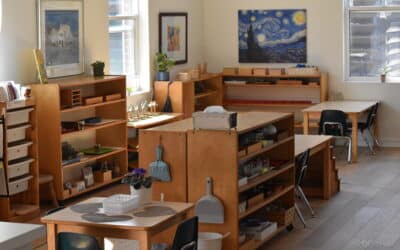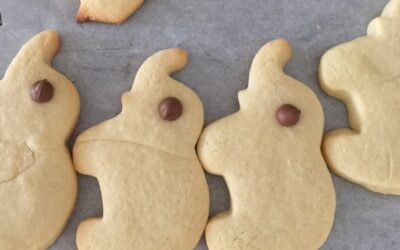“To confer the gift of drawing, we must create an eye that sees, a hand that obeys, a soul that feels; and in this task, the whole life must cooperate. In this sense, life itself is the only preparation for drawing. Once we have lived, the inner spark of vision does the rest.” Maria Montessori
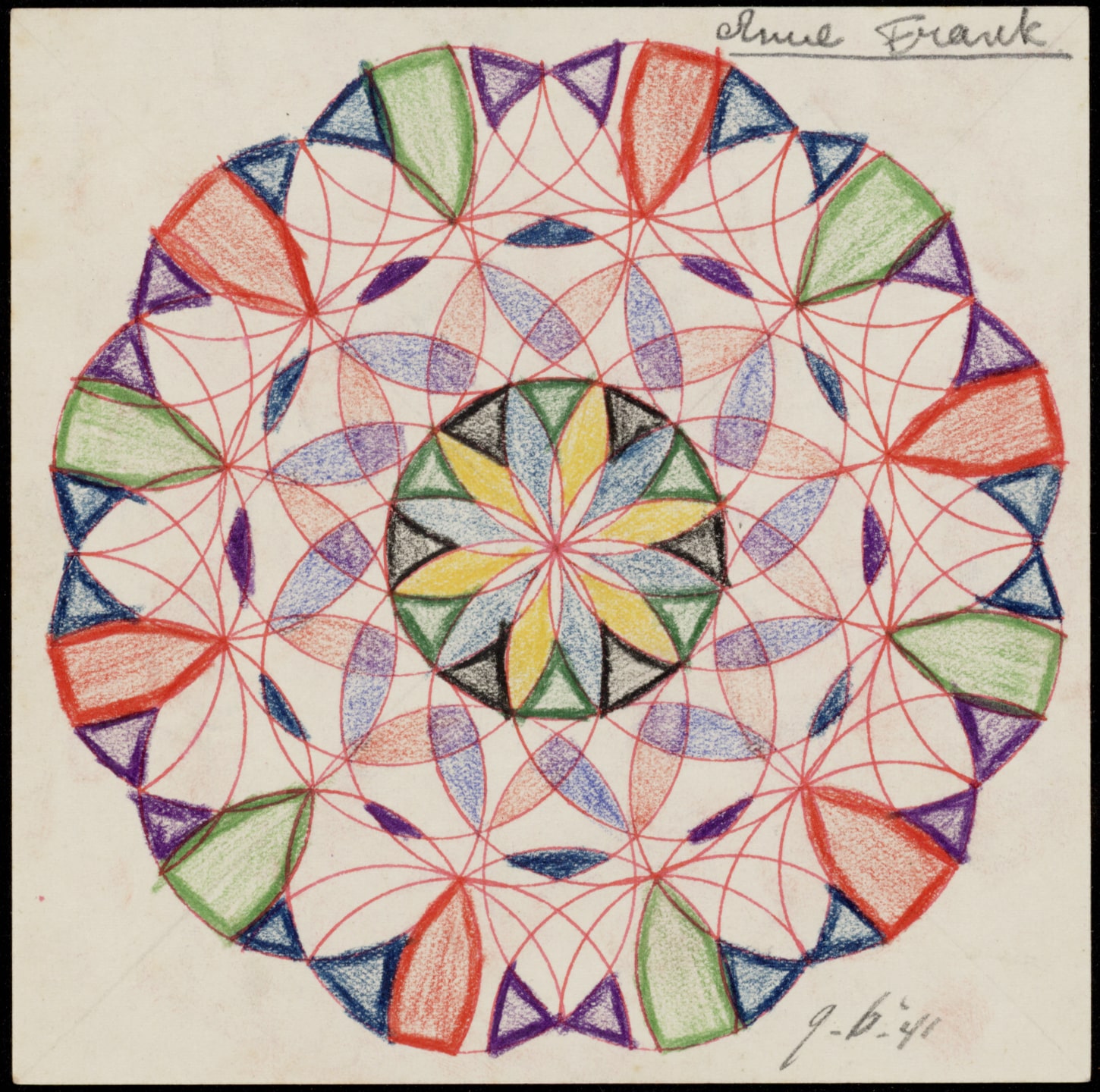
Photo collection of the Anne Frank House, Amsterdam
Anne Frank, the Montessori child, who created this beautiful metal inset design in 1941, clearly possessed “the inner spark of vision” of which Maria Montessori spoke. But to back up a little, where would a work like this truly begin?
Extensive indirect preparation for handwriting, art and design begins with practical life and sensorial materials. These exercises support the development of gross and fine motor control, as well as the fingers used in handling a pencil or brush. They foster hand-eye coordination, concentration, pattern recognition, discrimination of shapes, colours, sizes, and textures and memory recall. The children learn to reflect upon their work and self-correct when necessary.
Metal Insets
The metal insets, a key sensorial material, function specifically to prepare the hand for writing as art and design work begin to flourish. These materials – ten geometric shapes that each fit into corresponding frames are comprised of a square, triangle, rectangle, pentagon, trapezium, circle, oval, ellipse, curvilinear triangle, and quatrefoil. The straight and curved line figures brilliantly correspond to the curves and angles found in the letters of the alphabet, thus preparing the hand in advance for the writing to come.


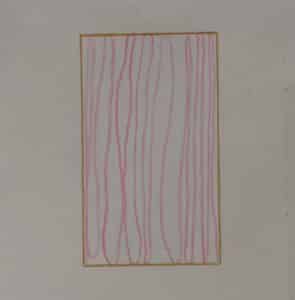
In their work with the metal insets, the children’s ability to create straight and fluid serpentine lines is refined. Lightness of touch, evenness of pressure and the motor and mental control to support this are developed. A left to right, top to bottom orientation is reinforced and proper posture emphasized. A movement towards exactitude is inherent in the exercises.
“In this way…children perfect themselves in writing without actually writing.” Maria Montessori

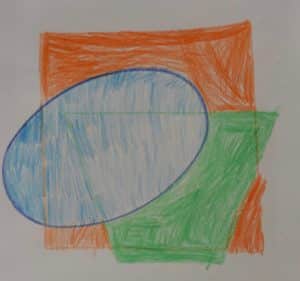
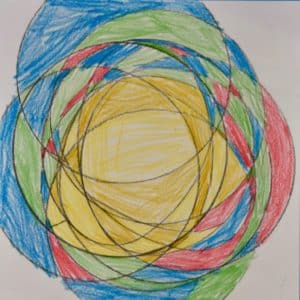
Montessori points out that the ability to stay within the lines and control the pencil leads to mastery in writing the letters that have been learned by tracing the Sandpaper Letters with their fingers. These physical and mental connections pave the way to what Montessori called an “explosion into writing.”
We’ll leave the final thought to Anne Frank –
“Parents can only give good advice or put them on the right paths, but the final forming of a person’s character lies in their own hands.
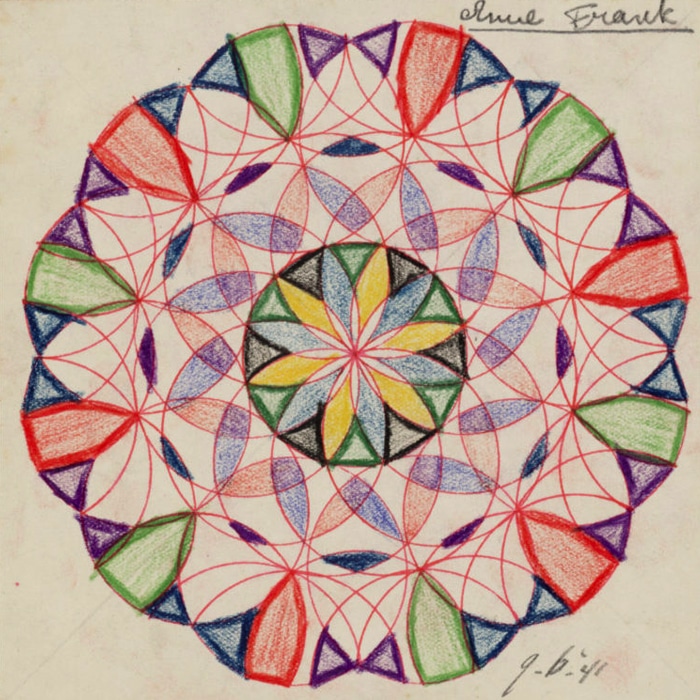


Other blog posts you may like…
Keeping It Real
Extending Montessori In Your HomeThere has been much media coverage lately about the impact of technology, and its attendant devices, on all of us, but most poignantly its impact on the very young. Montessori pedagogy tells us that...
A Journey to Freedom Through Montessori Education
Samantha Osterback Department of Nursing, University of Western OntarioFrom a young age, I learned that responsibility is the fundamental path leading to freedom. Growing older, I recognize that it is more than a childhood lesson...
Why Clanmore fundraisers are student led
This journey began with a project on elephants. A student in the Lower Elementary program learned that elephants are mammals, that there are two kinds of elephants, and that elephants like to live where it is very hot. She also learned...



